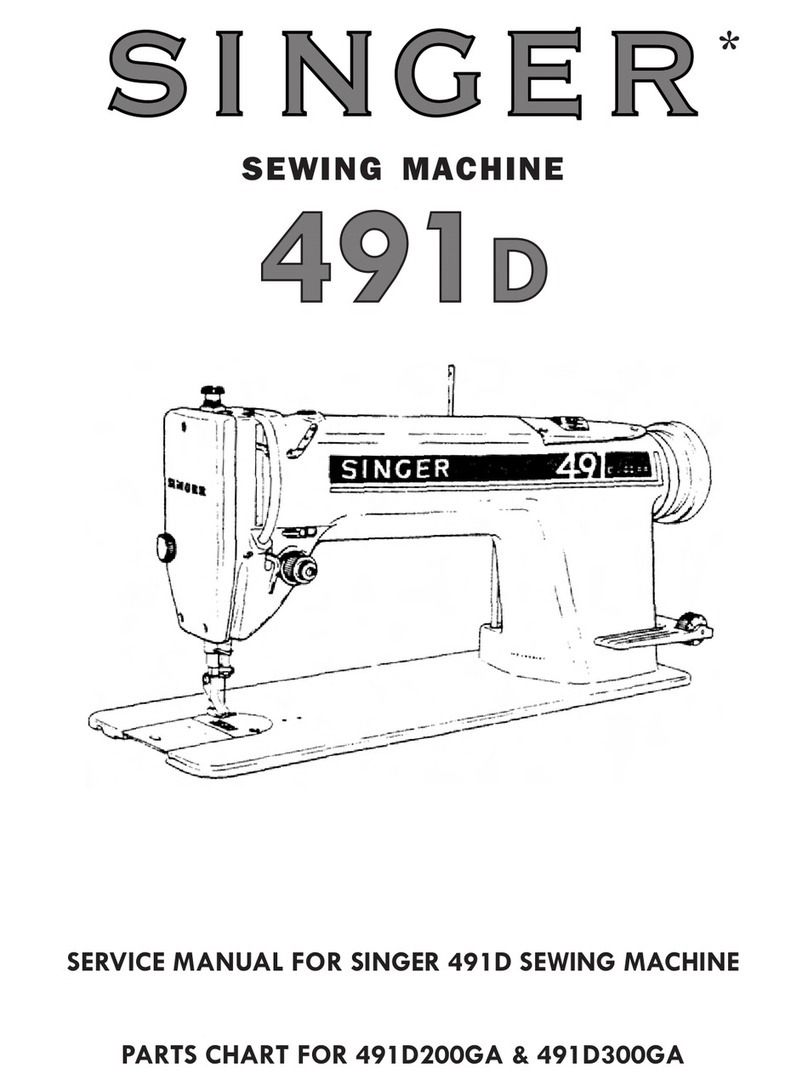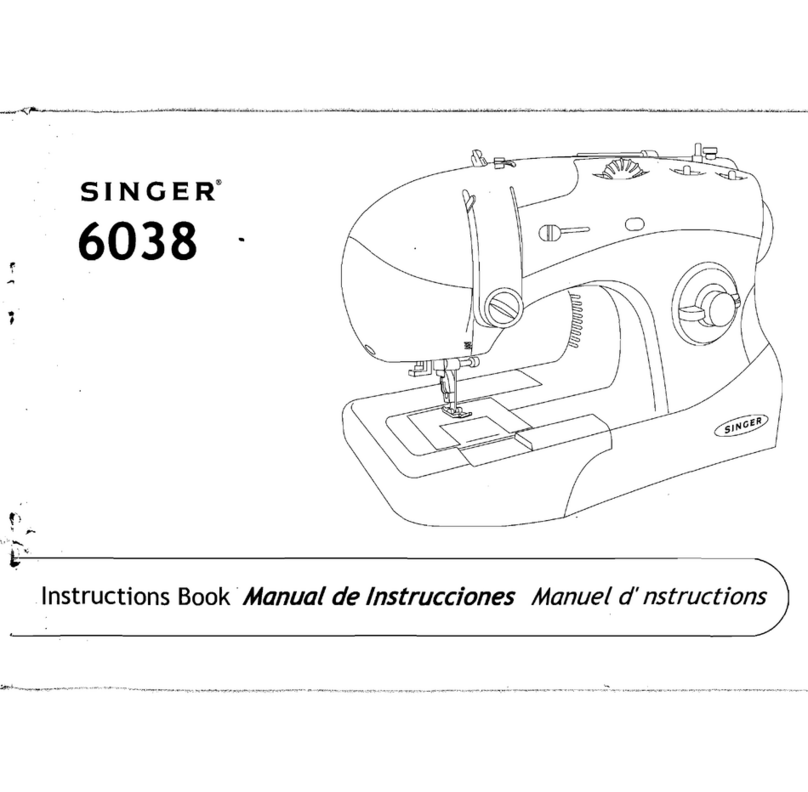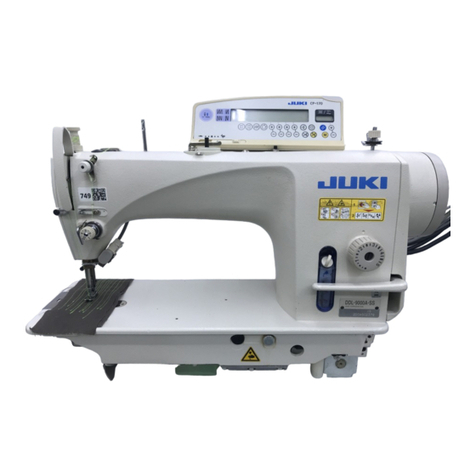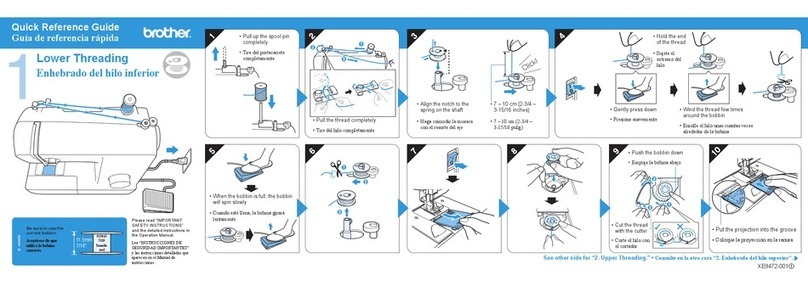Singer 1422 User manual
Other Singer Sewing Machine manuals
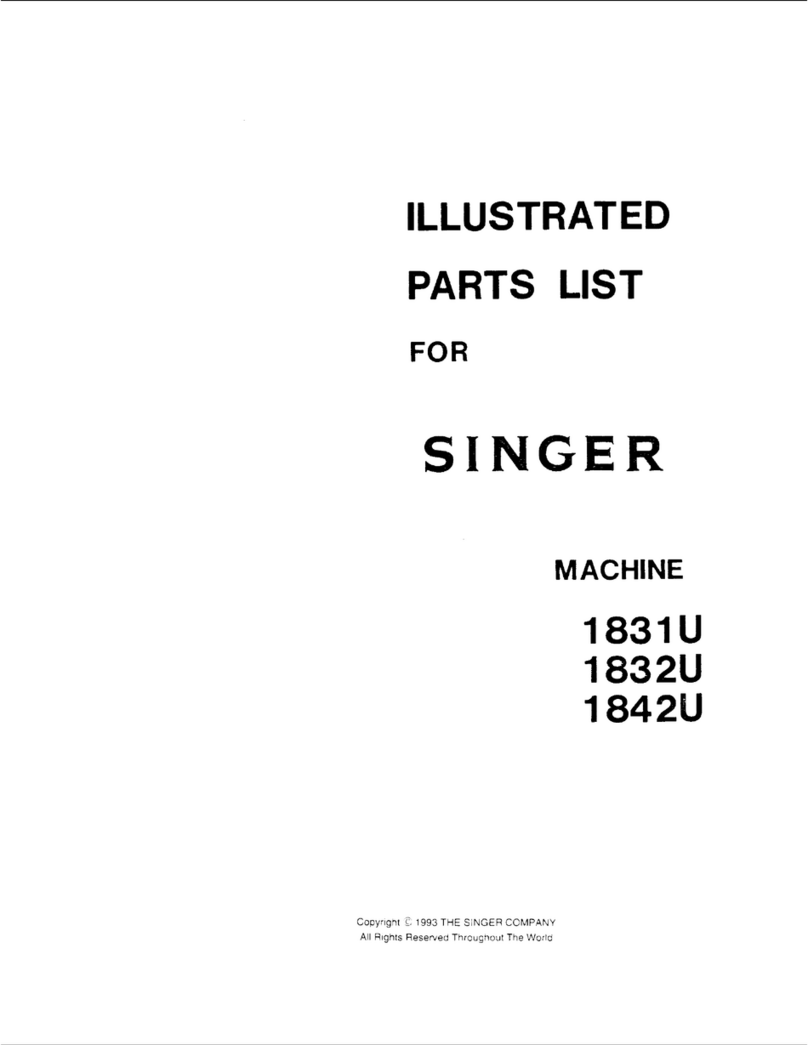
Singer
Singer 1831U Setup guide
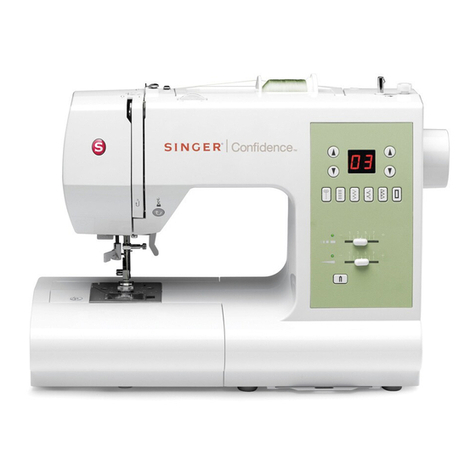
Singer
Singer CONFIDENCE 7467 User manual
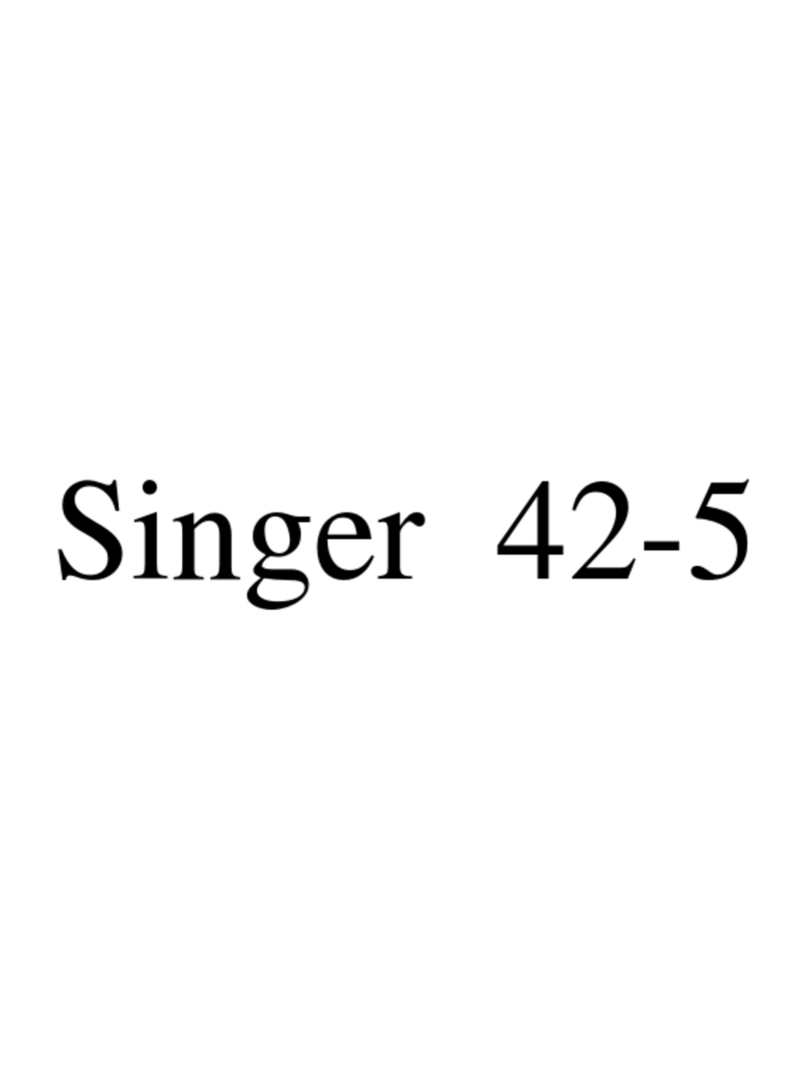
Singer
Singer 42-5 User manual
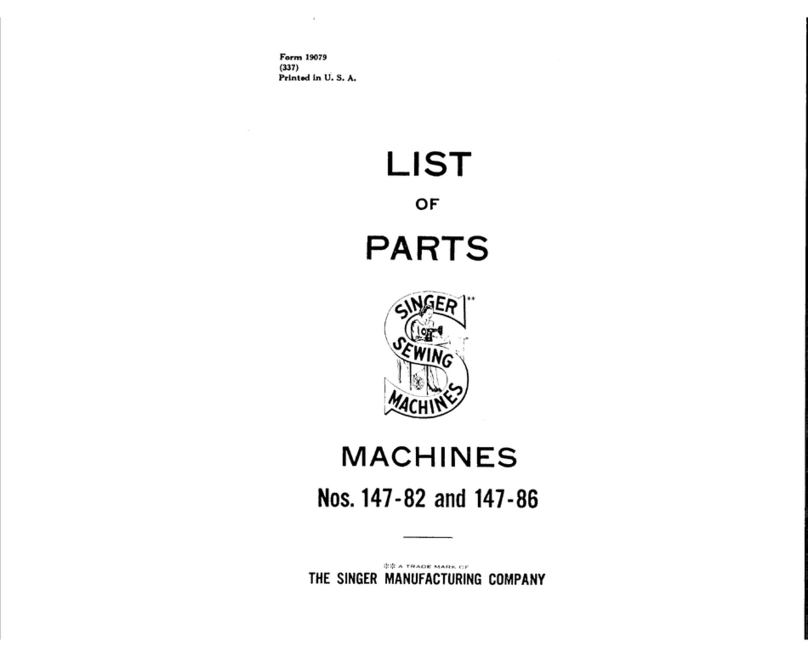
Singer
Singer 147-82 User manual
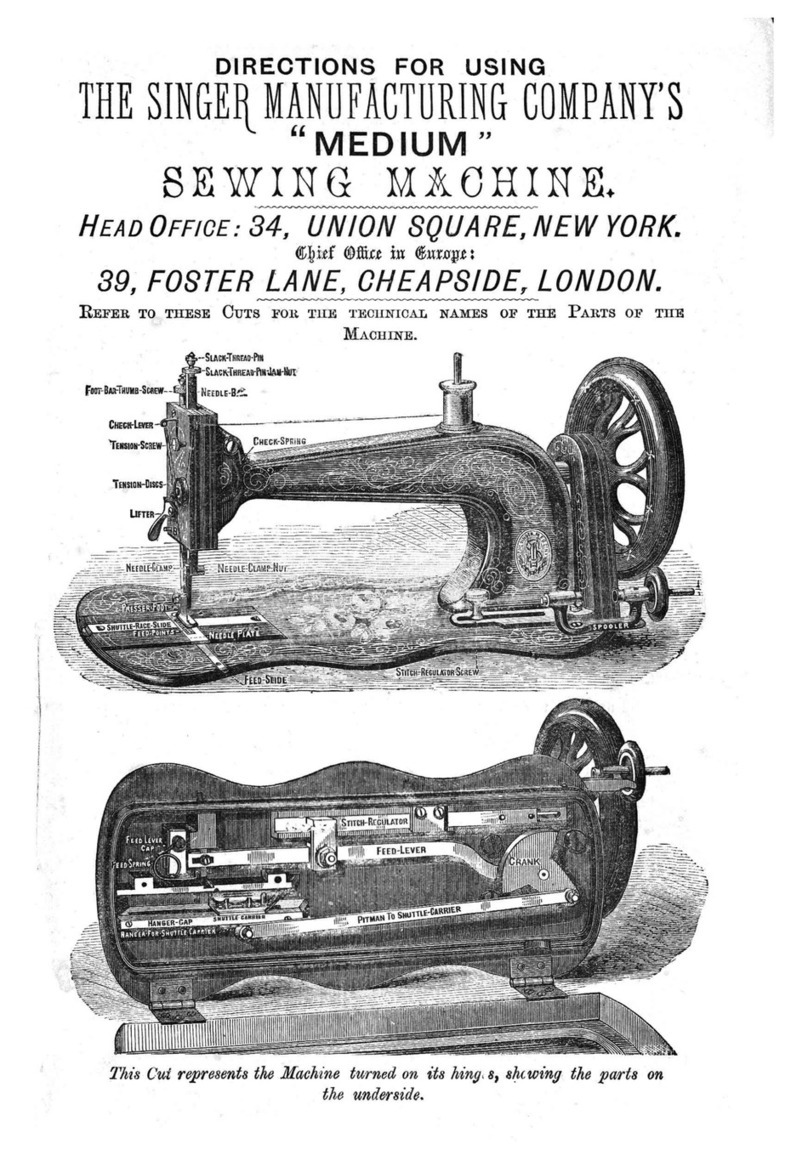
Singer
Singer MEDIUM Guide
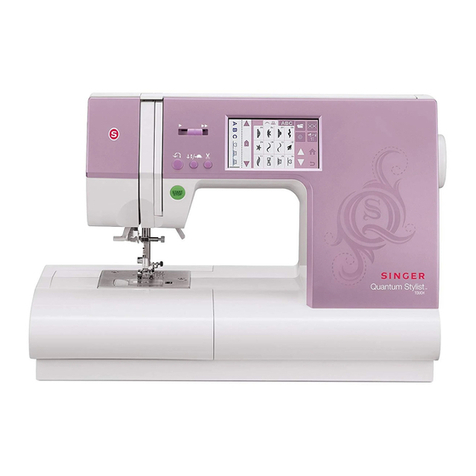
Singer
Singer 9985 User manual

Singer
Singer 300U101A User manual
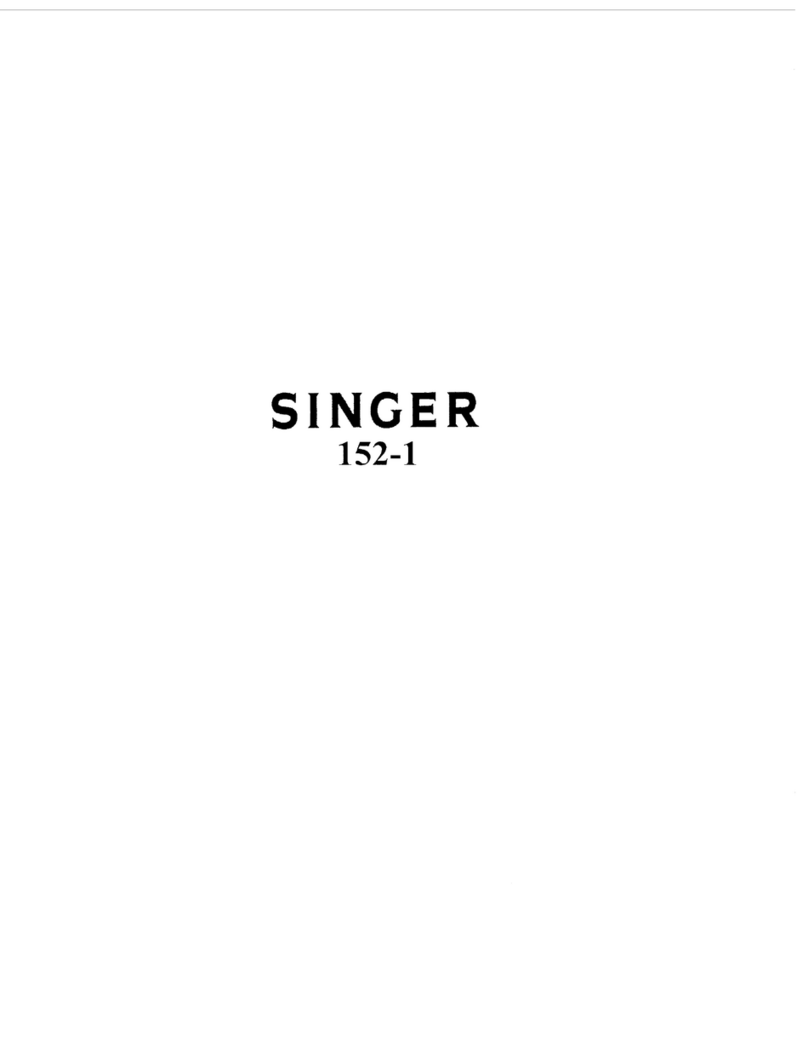
Singer
Singer 152-1 Quick start guide
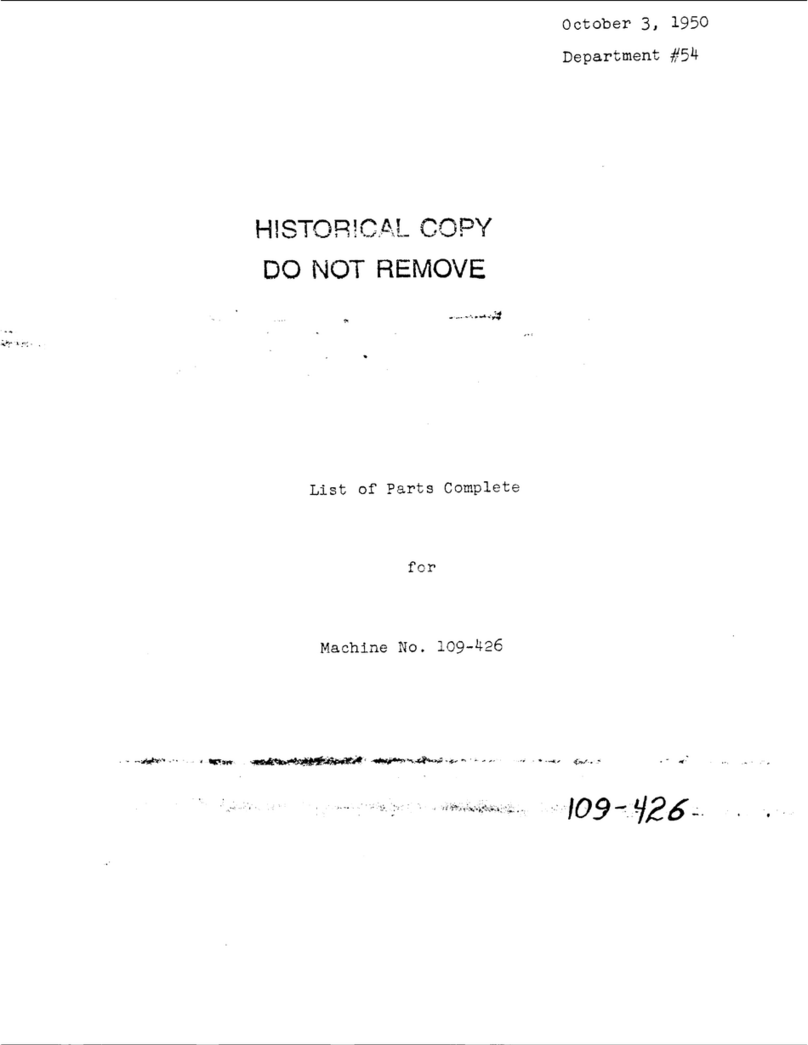
Singer
Singer 109-426 User manual

Singer
Singer 3323 User manual

Singer
Singer 246K20 User manual
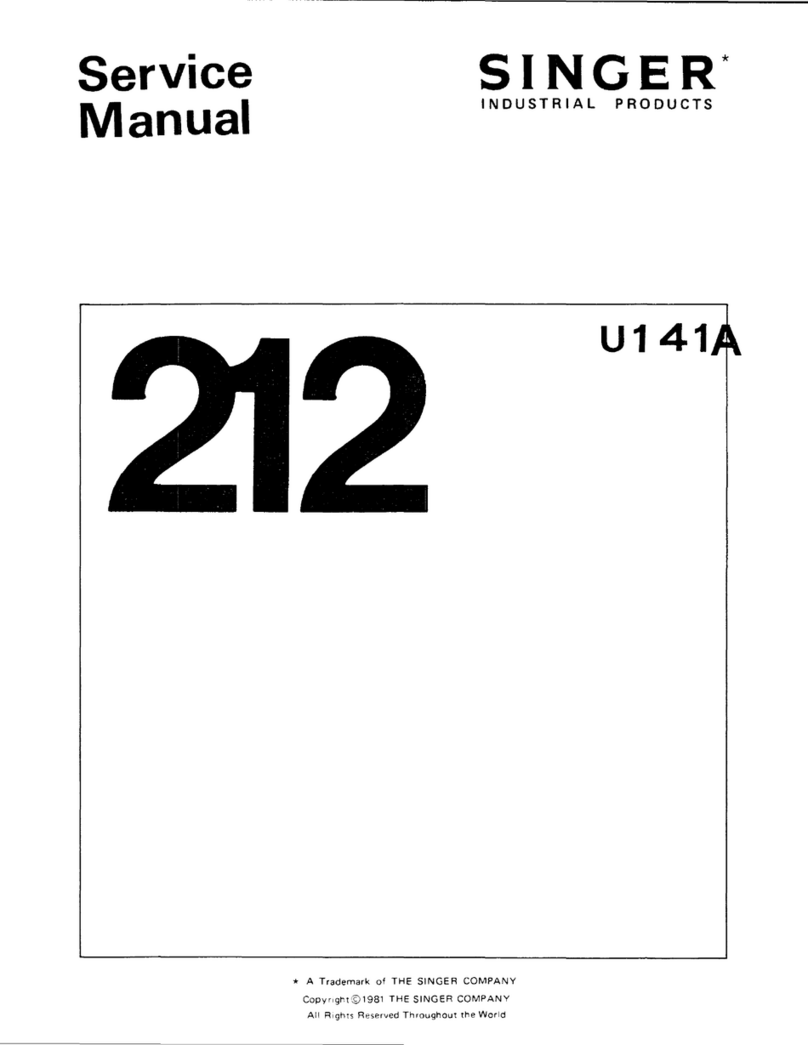
Singer
Singer 211U157 User manual

Singer
Singer 20U42 User manual

Singer
Singer XL-580 User manual

Singer
Singer 71-142 User manual
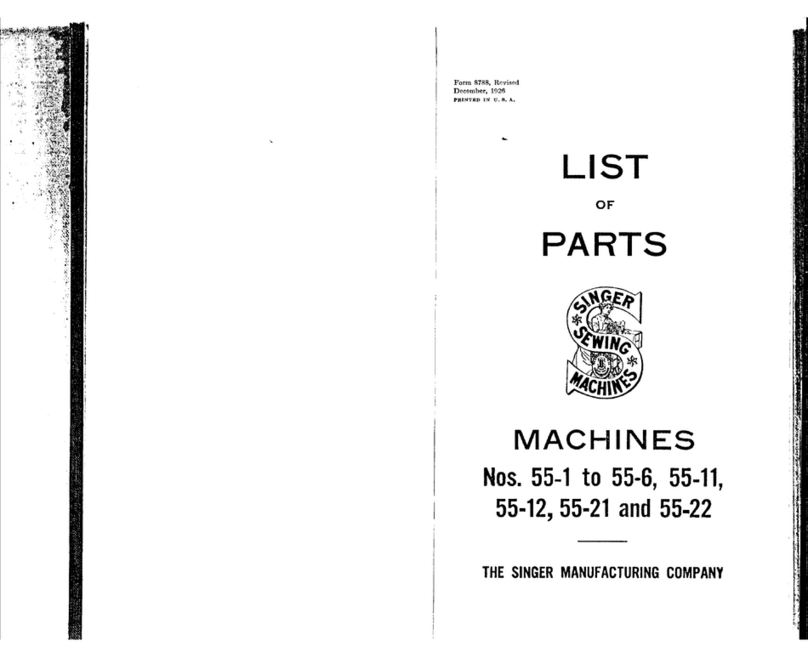
Singer
Singer 55-1 User manual

Singer
Singer 6201 User manual

Singer
Singer 678B002 Troubleshooting guide
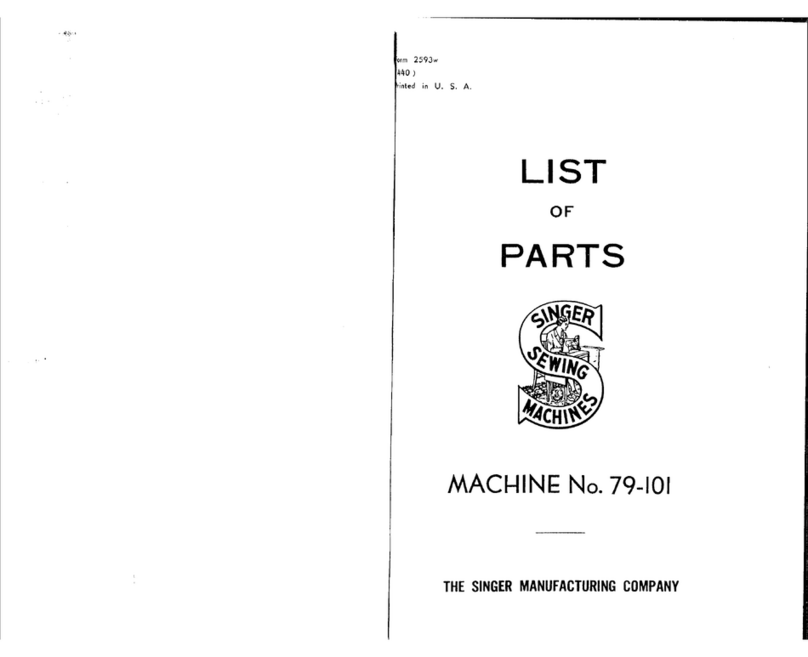
Singer
Singer 79-101 User manual
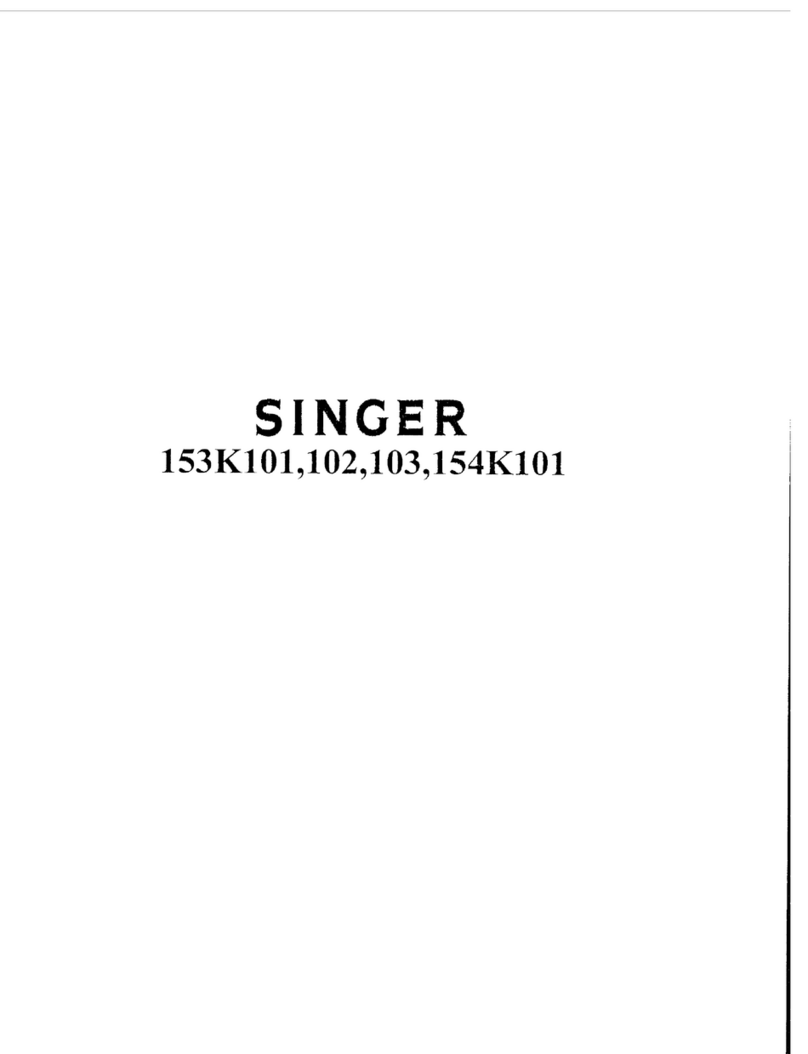
Singer
Singer 153W102 Quick start guide
